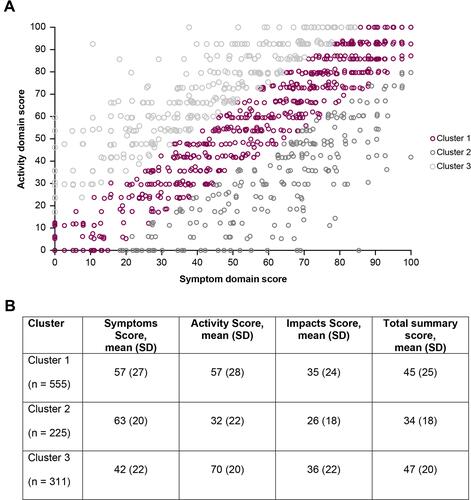Figures & data
Table 1 Demographics and Clinical Characteristics of Enrolled Patients*
Figure 1 Mean (±SD) SGRQ scores* according to treatment category at enrollment.
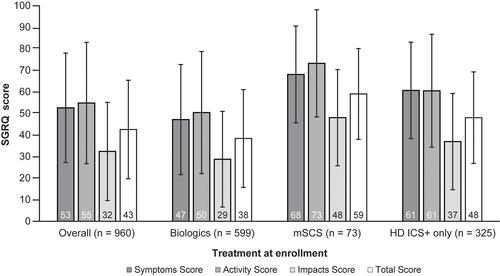
Figure 2 WPAI results according to treatment category at enrollment*,†.
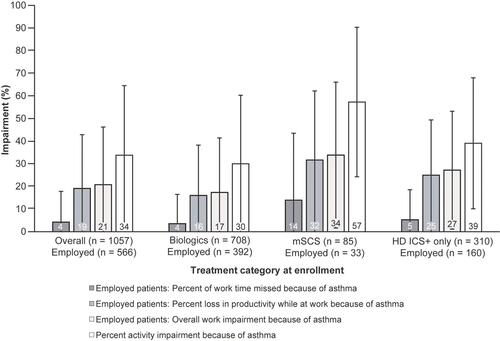
Figure 3 SGRQ scores by patient-reported health.*,†,‡.
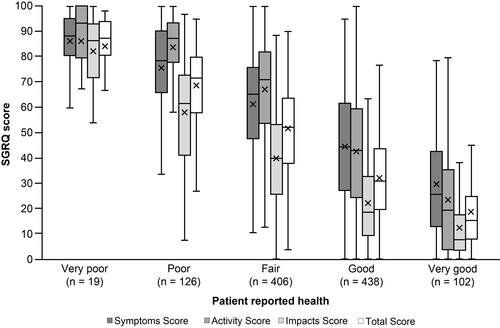
Figure 4 Percentage of patients responding “true” to specific disease effects collected by the SGRQ.*.
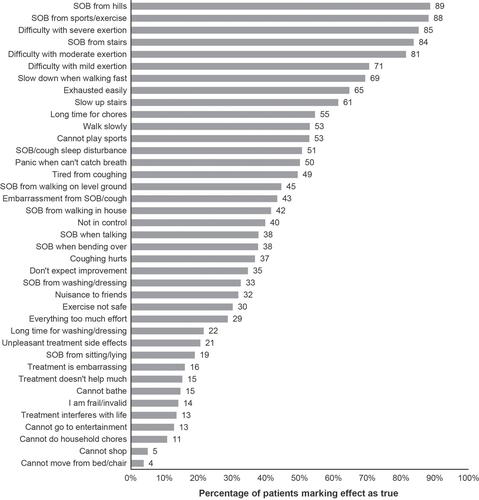
Figure 5 Word cloud of patient-reported free-text responses to the SGRQ prompt for “other activities that your respiratory problems may prevent you from doing.”*.
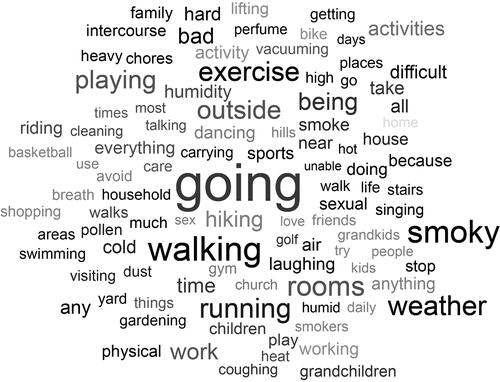
Figure 6 Comparison of patient SGRQ Activity and Symptoms component scores*. Panel (A) Distribution of patient clusters; Panel (B) Mean component and total scores by cluster.
